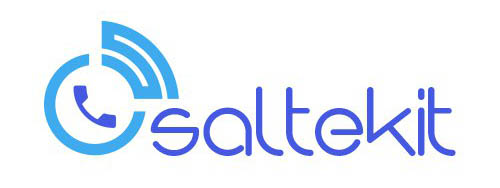Call centers generate leads by facilitating structured outreach, qualifying prospects, and nurturing interest through direct communication. Businesses use inbound and outbound strategies to identify and convert potential customers.
Lead generation begins with defining target profiles based on data attributes such as demographics, behavior, or firmographics. Inbound leads typically come through campaigns, websites, or referrals, while outbound agents proactively reach prospects via calls, emails, or SMS. Therefore, call centers support both passive and active lead acquisition methods.
A 2022 study by HubSpot, based on data from 5,000 companies, confirmed that structured call center outreach led to a 41% increase in lead acquisition compared to digital-only strategies. The findings emphasized the importance of voice communication in lead development workflows.
Agents follow pre-approved scripts and use CRM (Customer Relationship Management) platforms to personalize communication. These systems store customer history, preferences, and interaction records, enabling agents to tailor conversations based on factual insights.
Each interaction includes clear messaging around customer pain points, service benefits, and next steps. Therefore, conversations become more targeted, helping businesses shorten the sales cycle. Lead scoring mechanisms evaluate each interaction using parameters such as interest level, product fit, and buying intent.
Automation tools increase outreach efficiency. Predictive dialers reduce idle time and increase connection rates by auto-dialing multiple numbers simultaneously. Callback scheduling, IVR (Interactive Voice Response), and call disposition tags further streamline follow-ups.
Outbound teams often segment lists by job role, industry, or region to improve targeting. In B2C (Business-to-Consumer) models, segmentation includes income range, product usage, and location. In B2B (Business-to-Business), targeting focuses on decision-makers within qualified companies.
Call centers use multichannel outreach to maintain contact across platforms. Agents initiate communication over phone calls and follow up using SMS, email, or social messaging. Centralized dashboards track engagement across all channels, maintaining continuity in prospect interactions.
Real-time lead qualification ensures high-quality prospects are transferred to the sales team. AI-driven analytics assist in identifying keyword sentiment, tone, and interest markers during live calls. These systems highlight potential objections and buying signals for further action.
Additionally, regular training and quality monitoring programs enhance agent performance. Supervisors analyze call recordings, provide feedback, and align team performance with business objectives. Compliance protocols ensure customer privacy and data protection during the lead capture process.
Businesses that integrate call centers into their sales process experience higher engagement and conversion rates. Unlike passive forms of marketing, voice communication allows for immediate clarification, emotional engagement, and trust-building.
Therefore, call centers remain integral to lead generation. Their ability to combine technology, human interaction, and structured workflows positions them as powerful tools for revenue growth and customer acquisition.

